Invasive Common Cord-grass on The Wirral
As my first ever blog post, I’ve chosen a controversy close to home…
The Wirral is a small peninsula in the North-West of England, and it has been my home for 20 years. The land-sea interactions create a range of ecosystems, from sandy beaches, to salt-marshes and sand dunes. This coastline is not only a haven for biodiversity, but an important part of the local culture. Beach activities are popular, attracting both locals and tourists; generating income for seaside towns and businesses to thrive.
Images of the Wirral
This may sound idyllic, but in recent years The Wirral has an issue – invasive common cord-grass (Spartina anglica) rapidly overrunning the coastline.
Common cord-grass is a tough and hardy invader and now covers much of the North and Western beaches on the peninsula, much to the dismay of local beach goers.
This includes areas with lots of significance to tourists, Hoylake Beach and Red Rocks SSSI.
Common cord-grass
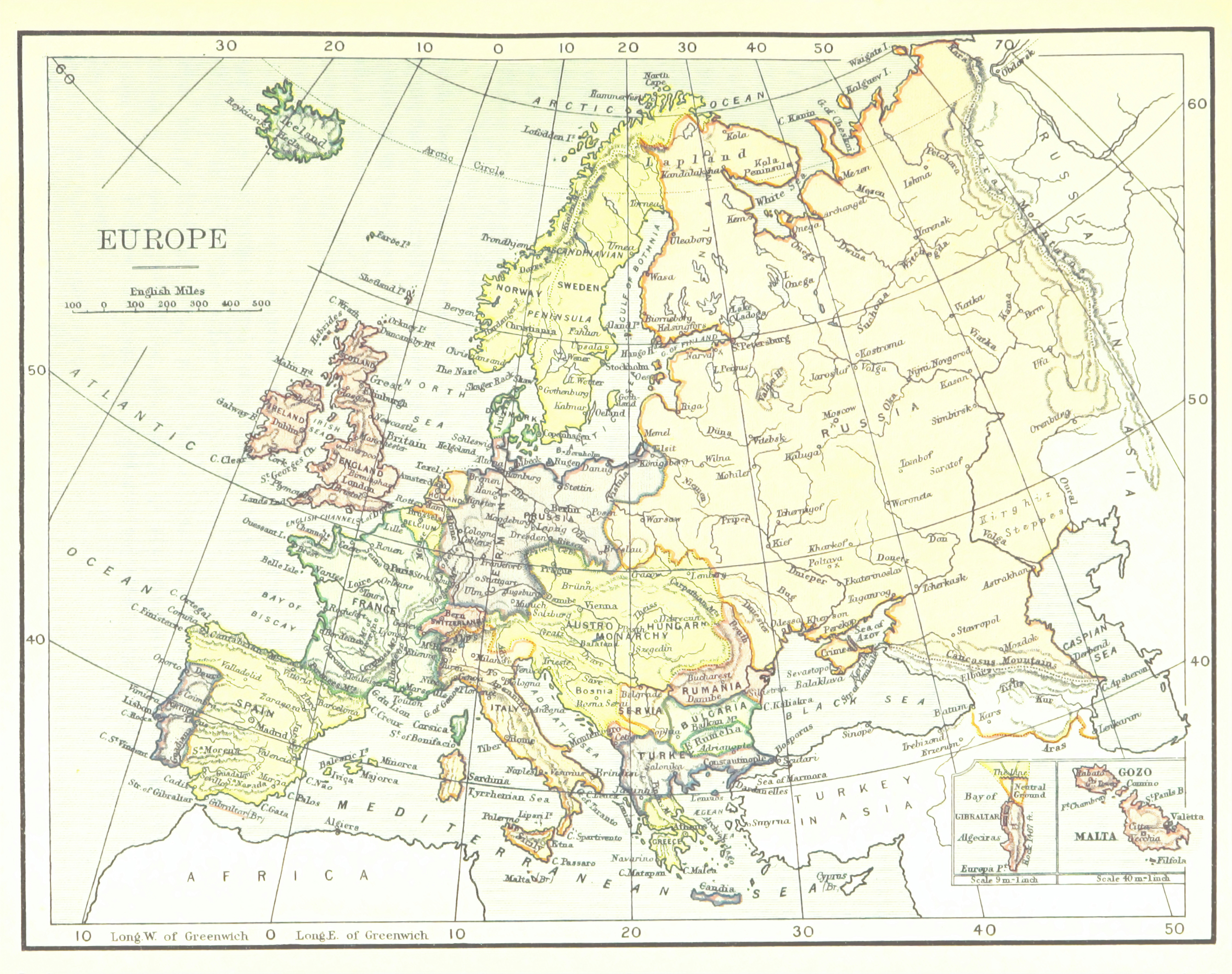
The common cord-grass on the Wirral is a salt-resistant, perennial plant that has spread rapidly through coastal communities in the last few decades.
This species was first documented in the late nineteenth century in South East England, where a wild native S. maritima plants crossed with the North American S. altemiflora to produce this variety.
Initially, common cord-grass was introduced to stabilize mudflats, but has since spread at an uncontrollable rate.
The common cord-grass has been listed of one of the top 100 worst invaders in Europe, and with good reason, as it is now present in most areas of the UK, and has spread globally.
Why is “Invasive” Common Cord-grass a Problem?
The common cord-grass is invasive to UK ecosystems. When it is introduced to an area, it multiplies rapidly and overruns the existing vegetation. Native plants often struggle to keep up with the species’ rapid growth rate and are deprived of essential nutrients, causing them to die. Vegetation is crucial to shaping our ecosystems, and reduction of species threatens coastal dunes. This then negatively affects all the wildlife that live within.
On the Wirral, the threats from common cord-grass vary:
- Native plant decline reduces the variety in the ecosystem, making it vulnerable and less likely to recover from disease or natural disaster.
- The reduction in native plant life may change the invertebrate composition in sand dunes, making it more difficult for the population of Natterjack Toads to survive.
- Bird wader species often roost on mudflats, but as the area of cord-grass expands, there is less available habitat for this.
- It has been speculated that the common cord-grass on Hoylake beach is infected with ergot. This fungus will live on the plant, and can cause serious harm or even death to animals and humans if consumed.
- The Wirral is known for it’s coasts, and there is public concern about cord-grass growing on the sand. This ranges from anger about the aesthetic value of the land declining, to concerns about decline in tourism and local businesses.

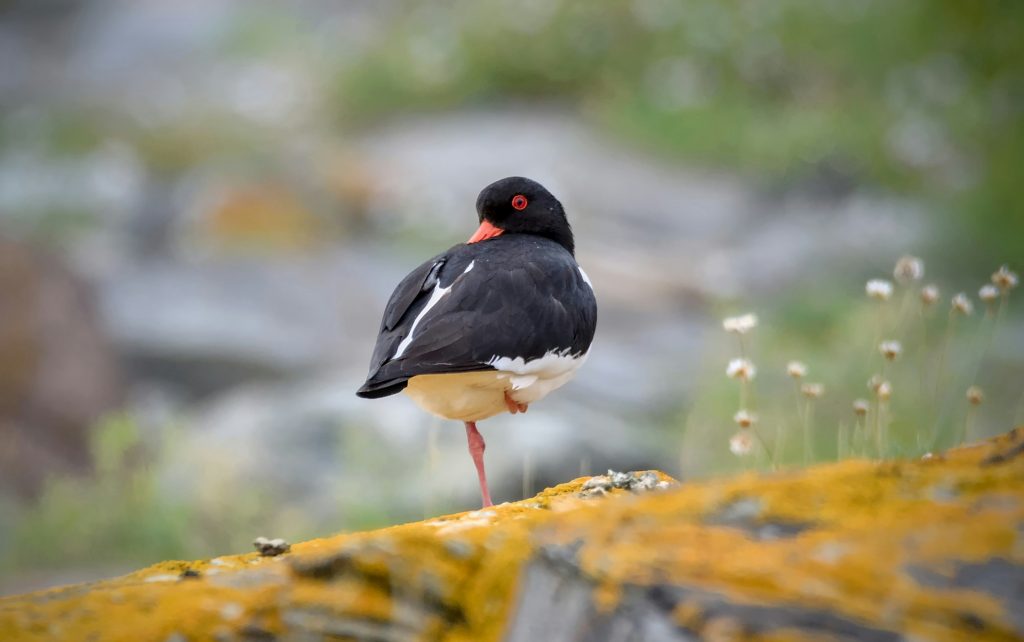
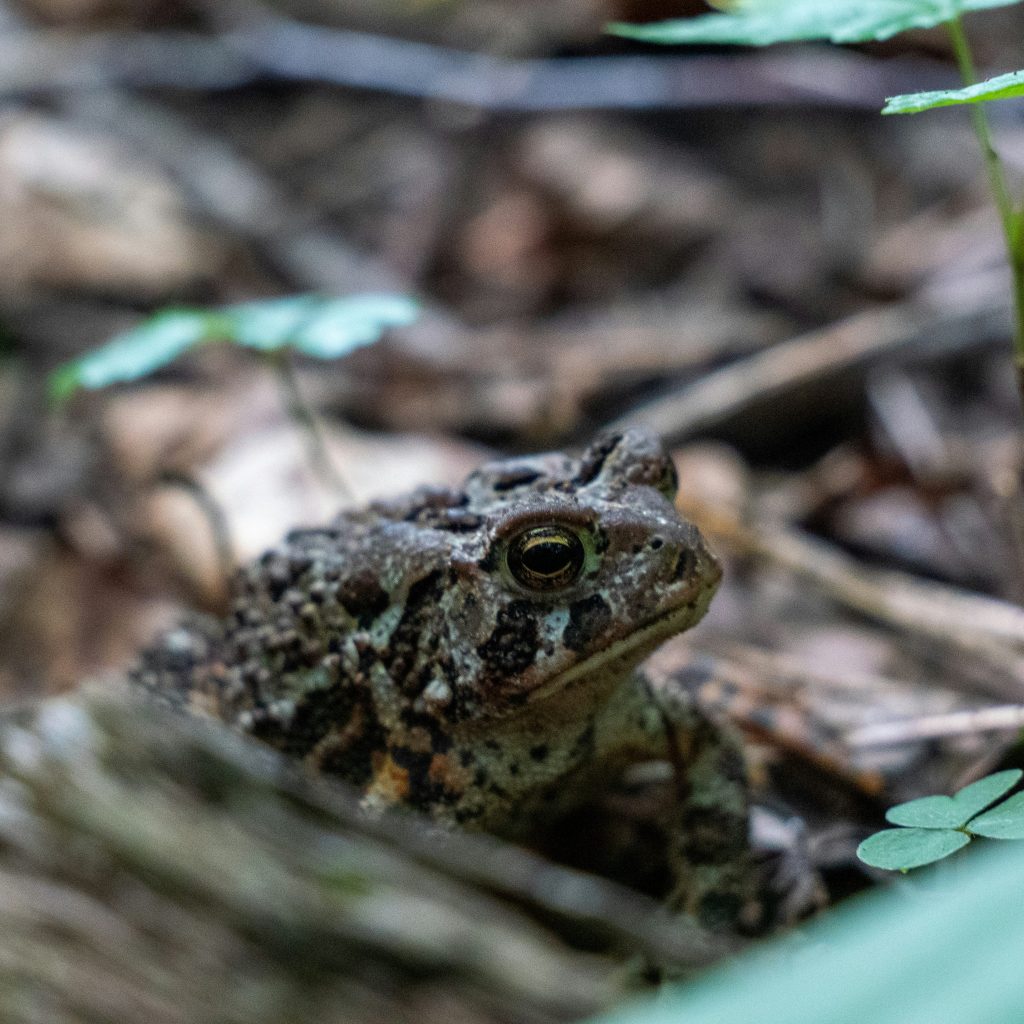
The Cord-grass Controversy
Common cord-grass on the Wirral is an established threat to the community and the wildlife, but the question is, should we manage this threat? And how?
Having lived in the area, I am aware the community is divided on this issue. The debate centers around the two options that are currently being discussed by the Wirral Council and Natural England:
Option 1 – Spray the common cord-grass with a herbicide and clear the beach
Option 2 – “Do nothing”, let nature take it’s course
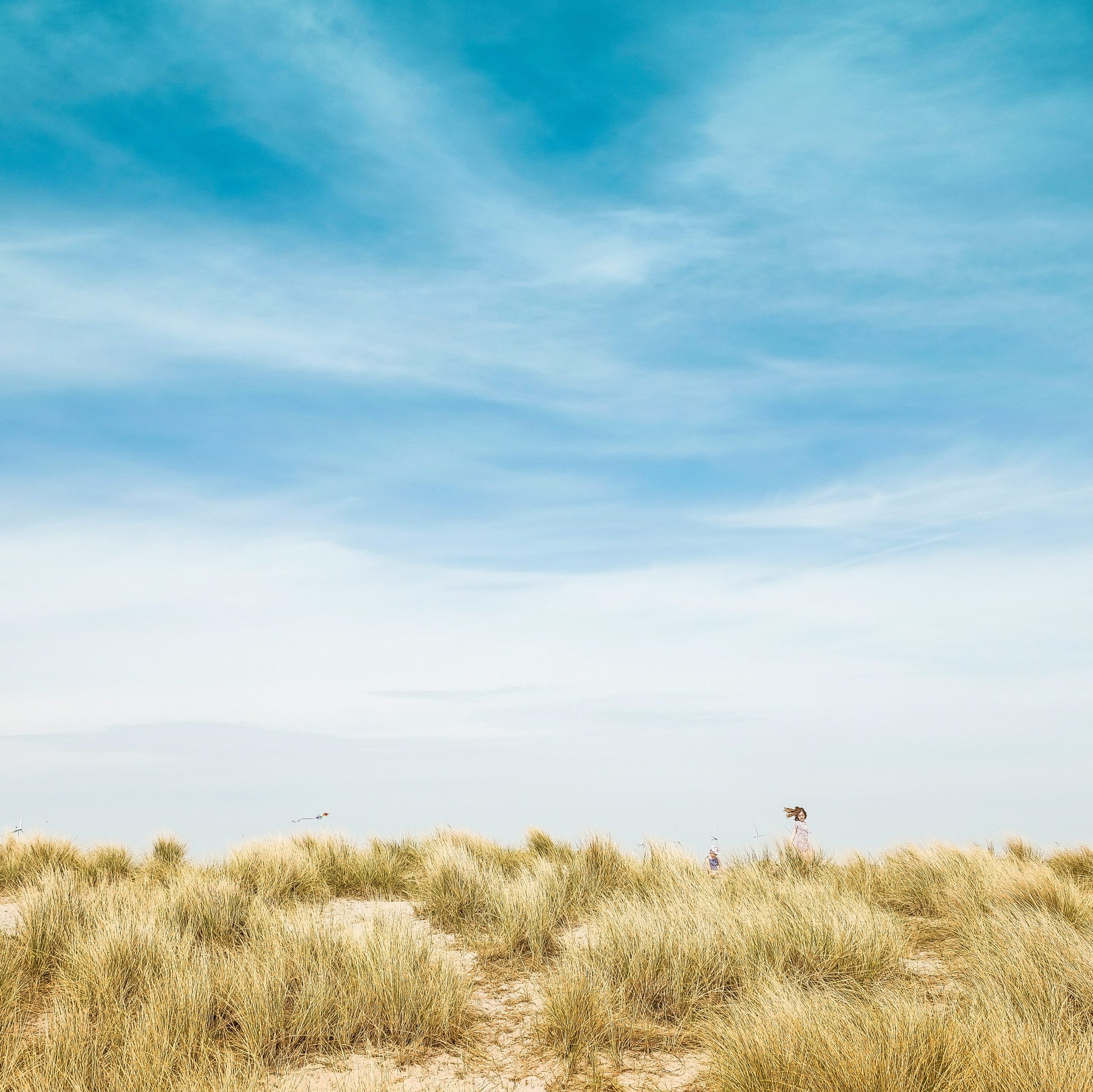
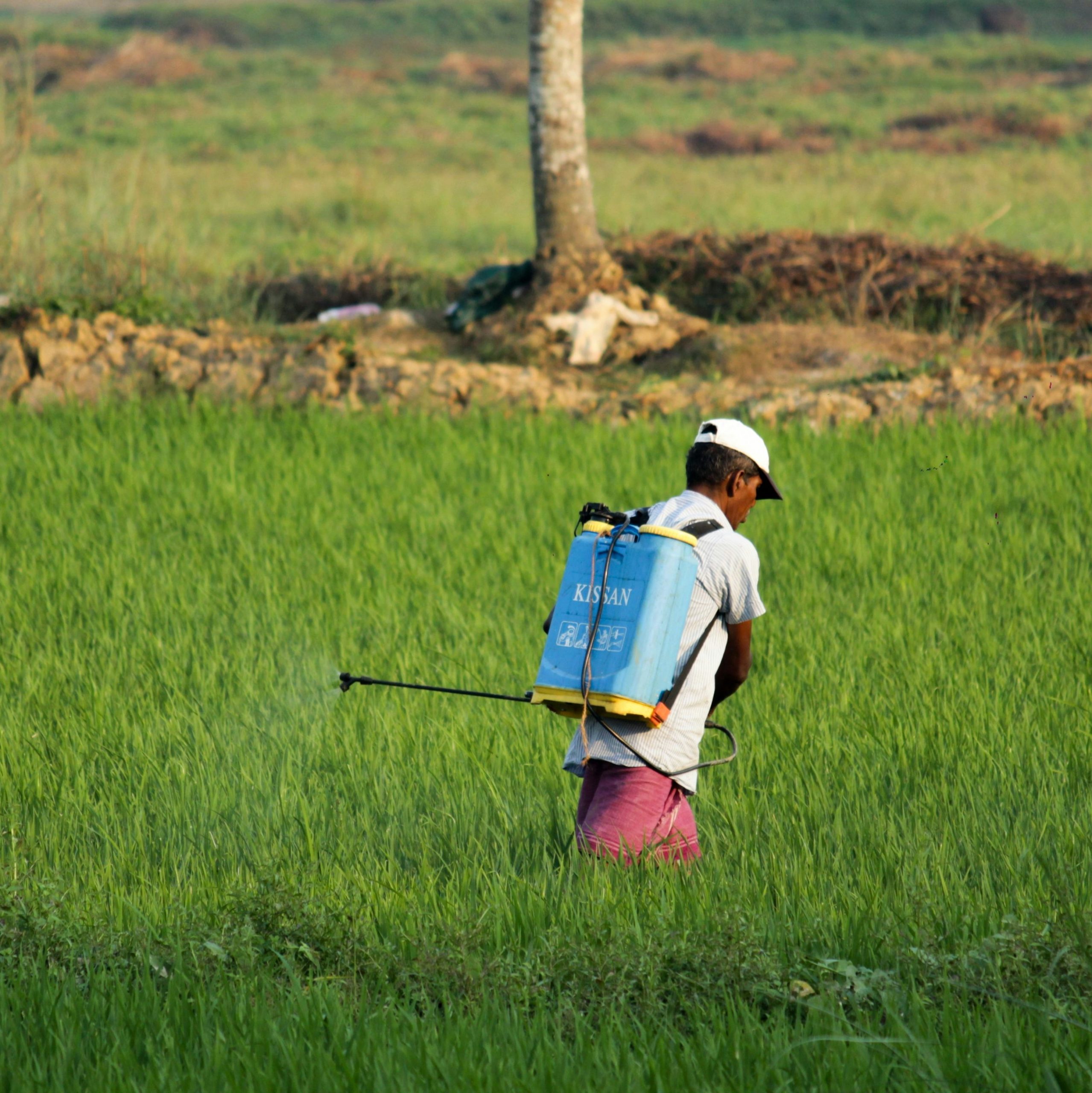
OPTION 1
Throughout the last decade, a permit allowing the use of herbicide on cord-grass has been granted to land managers. This kills the cord-grass; reducing pressure on wildlife and protecting livelihoods.
But there are downsides to this:
Firstly, the initial spraying of cord-grass on Hoylake Beach was less effective than hoped and has resulted in regrowth within just a few years. There have been claims that this is due to spraying at the wrong time and tidal interference. However, some people are starting to doubt the effectiveness of herbicide at this site, stating the cord-grass is too well-established.
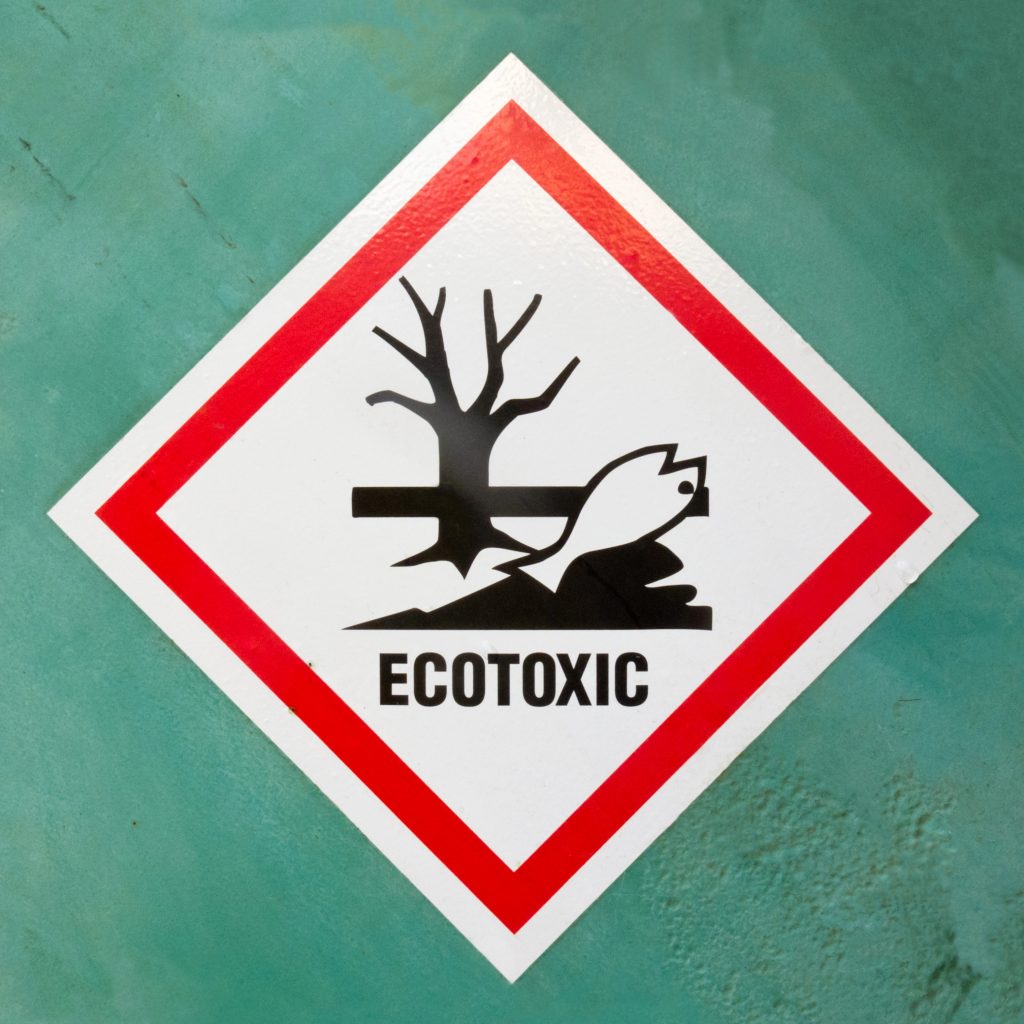
Whilst chemical removal of cord-grass takes away possible threats to wildlife – it replaces them with other problems.
Although the herbicide designed as safely as possible, some animals still could be poisoned as a result of herbicide release. Notably, amphibians have a permeable skin barrier, making them extremely vulnerable to environmental toxins. This means toads, frog and newts could be harmed which is the opposite to the intended effect of removing grass. There is also concern about the welfare of seabirds, who could easily hunt a poisoned amphibian, getting second-hand poisoning in the process.
OPTION 2
Letting nature take it’s course on the Wirral seems drastic, as this would expose the ecosystem to threats mentioned earlier. Truthfully, researchers aren’t sure. Yes, the threat of cord-grass is real, and could cause pressure and stress to a fragile and economically important site.
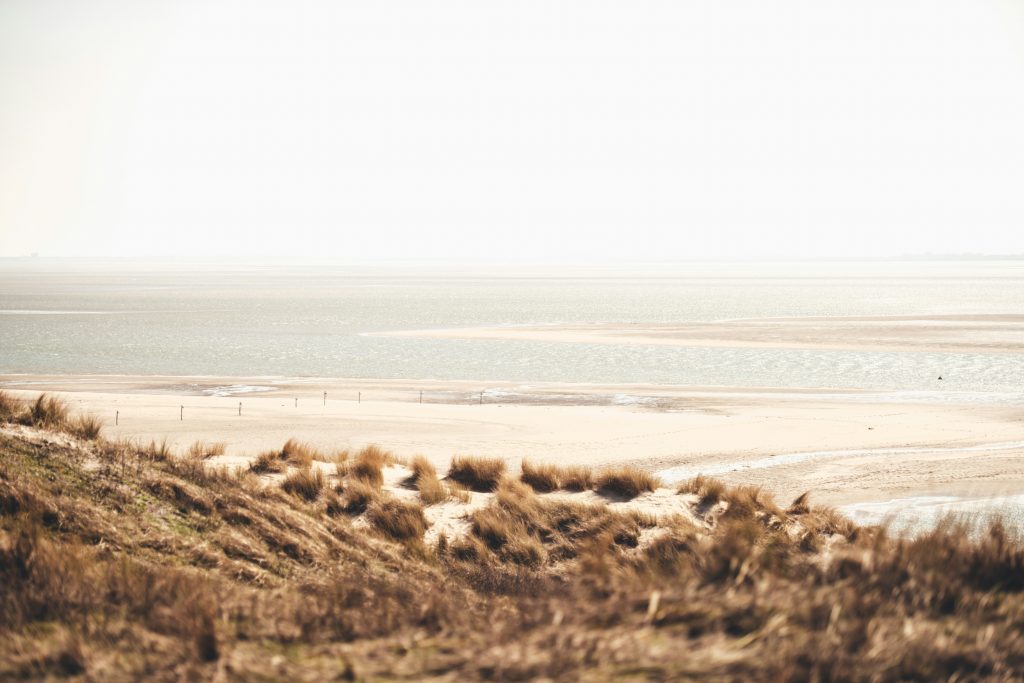
But it’s not all doom and gloom, some studies suggest that over time, the cord-grass will naturally die back, allowing some native plants to restore the ecosystem. However, its still unclear if this always occurs, or just in some cases.
There is also a growing idea that the cord-grass could act as a pioneer species, expanding the sand dune ecosystem.
Sand dunes form in areas of high wind, blowing tiny sand particles across the beach until they reach an obstacle. Sand eventually builds up around this obstacle, forming a sand dune over time. There has been speculation that the cord-grass could act as a new obstacle, and eventually form new dunes. This could create more habitat for wildlife.
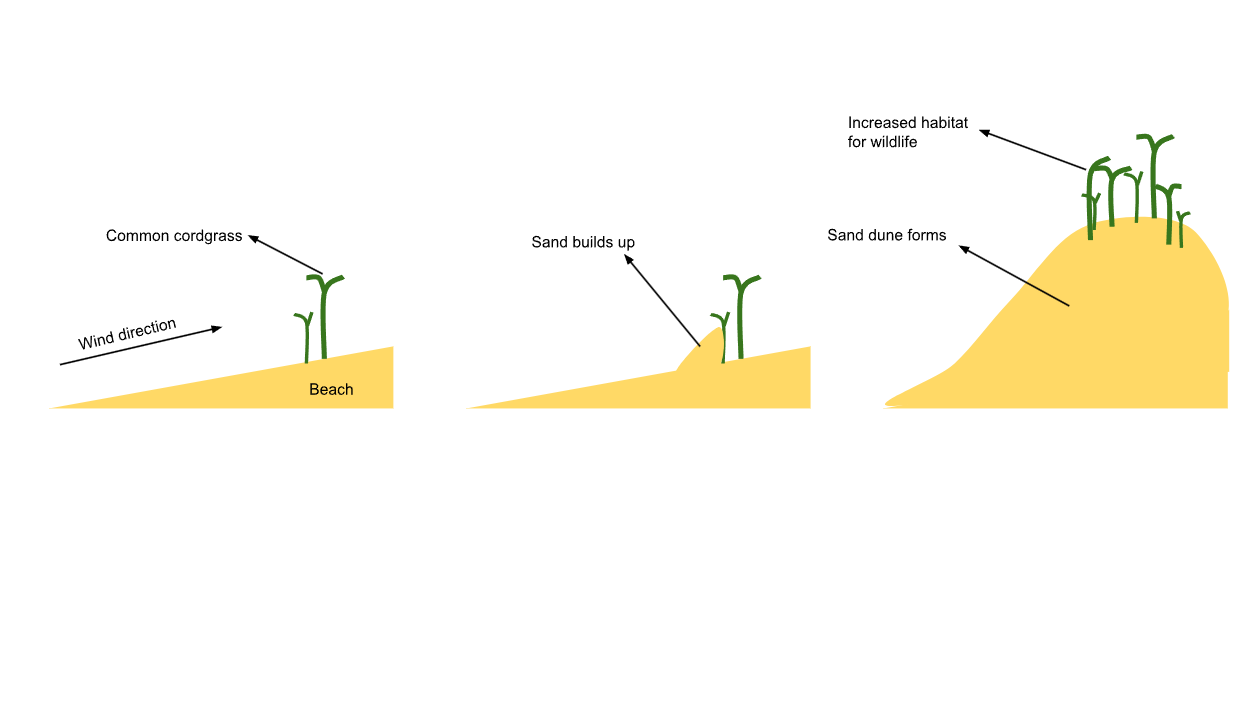
What do you think?
The future for the Wirral coastline is uncertain, and this is a complex issue which is lacking evidence to make a conclusive decision. Whilst chemical spraying may remove the threats, are the side effects really worth it? Can we really take such a big risk as to leave the ecosystem to it’s own devices? Or is an alternative method not being considered?
Tell me what you think through the anonymous poll below!







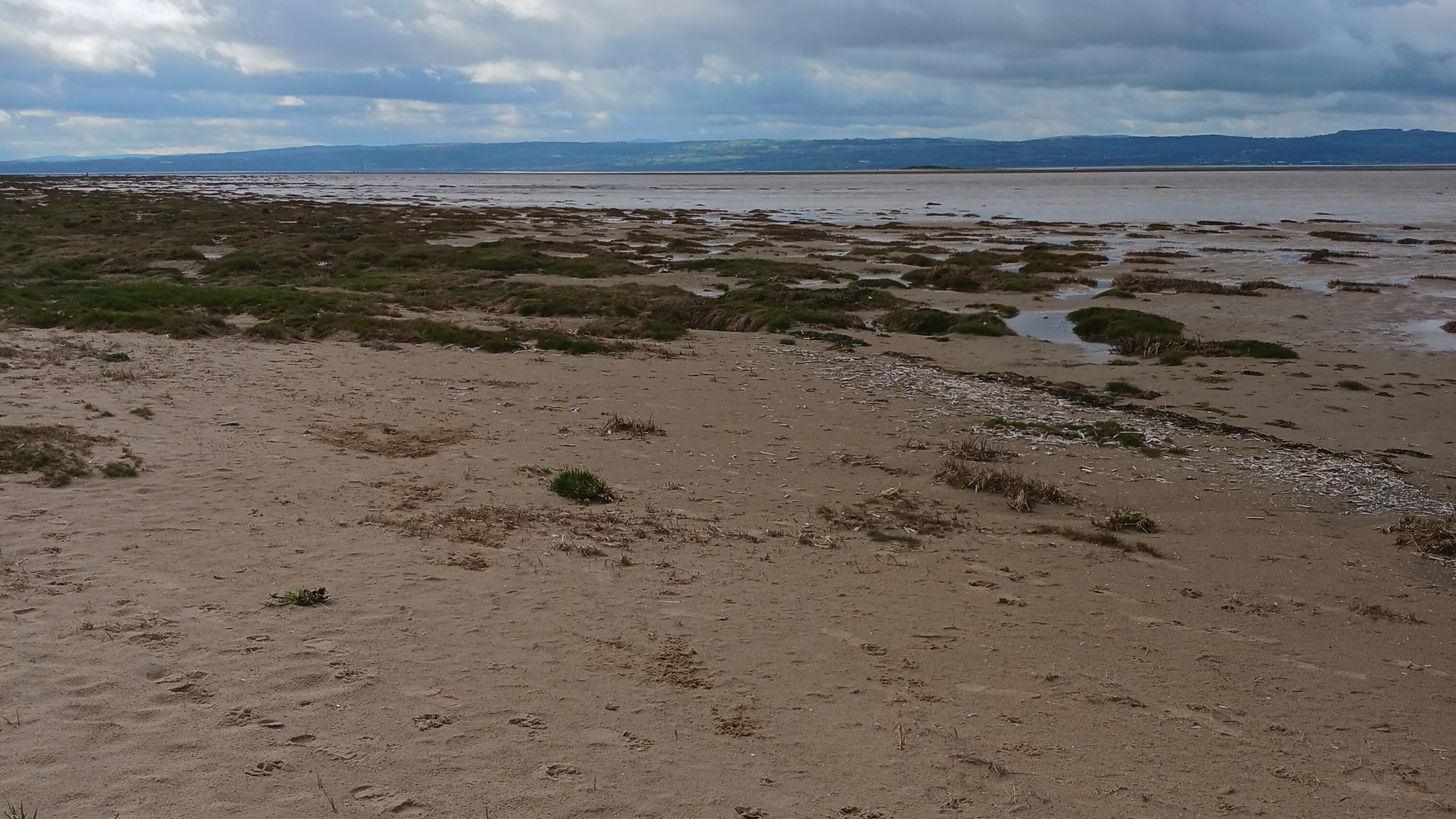
0 Comments